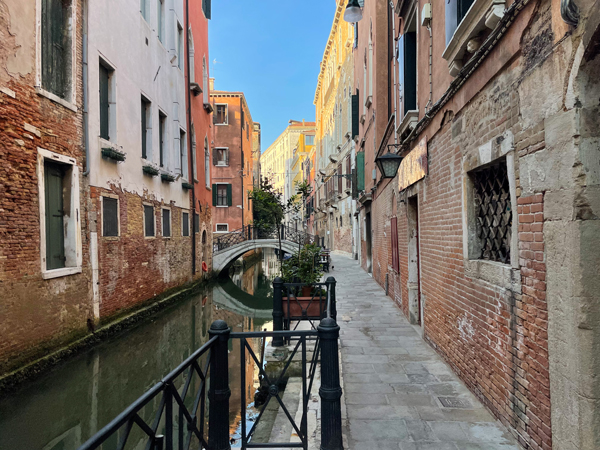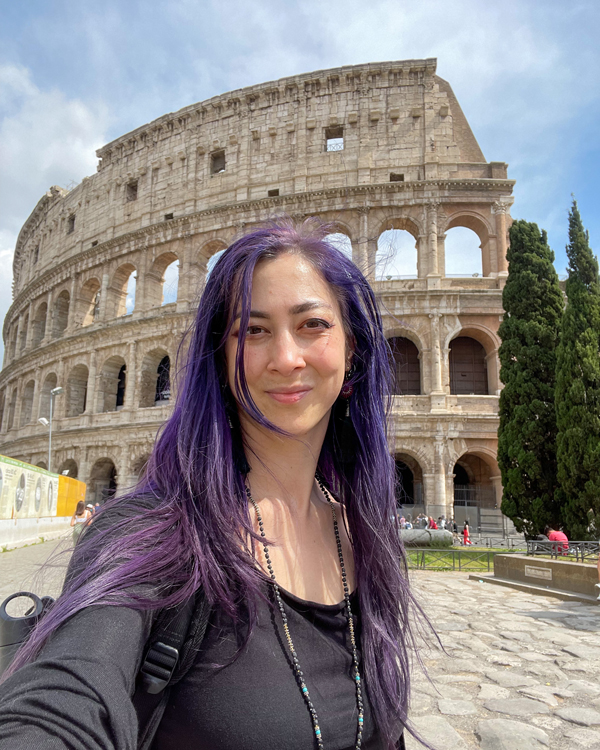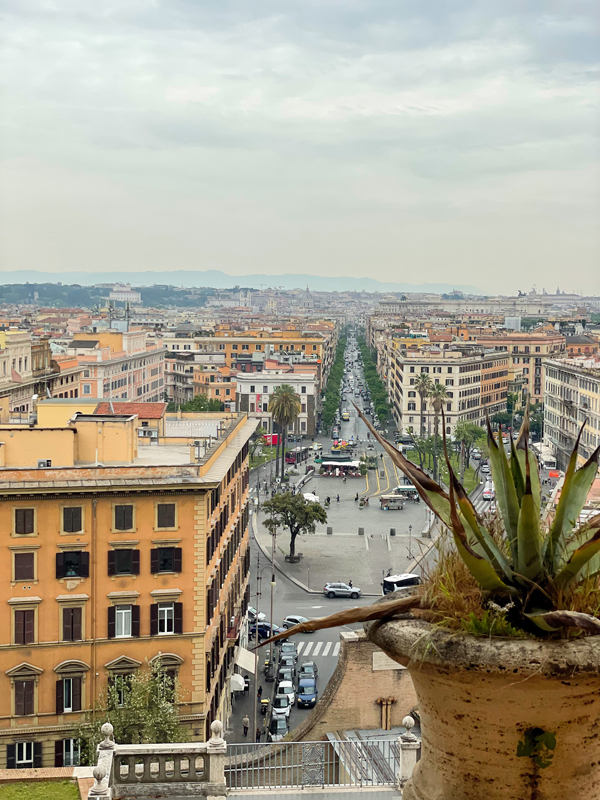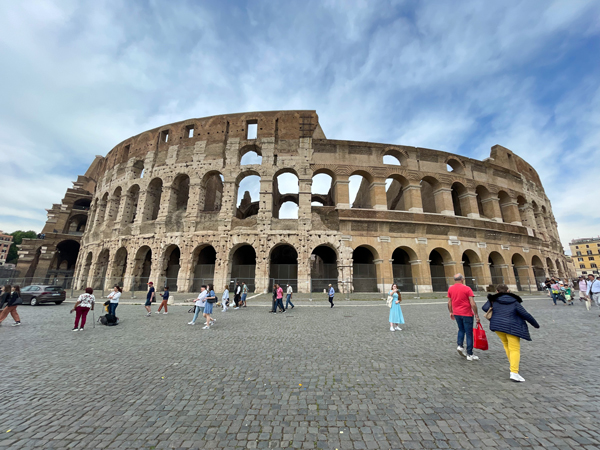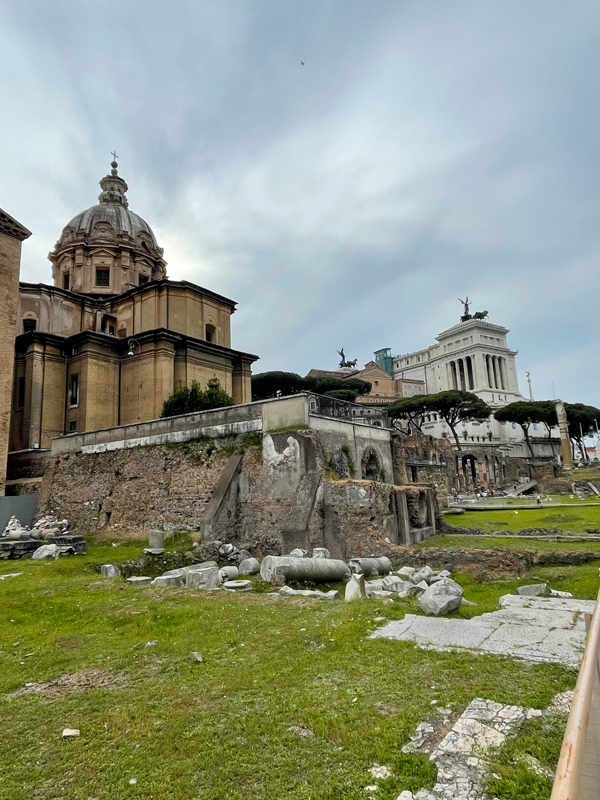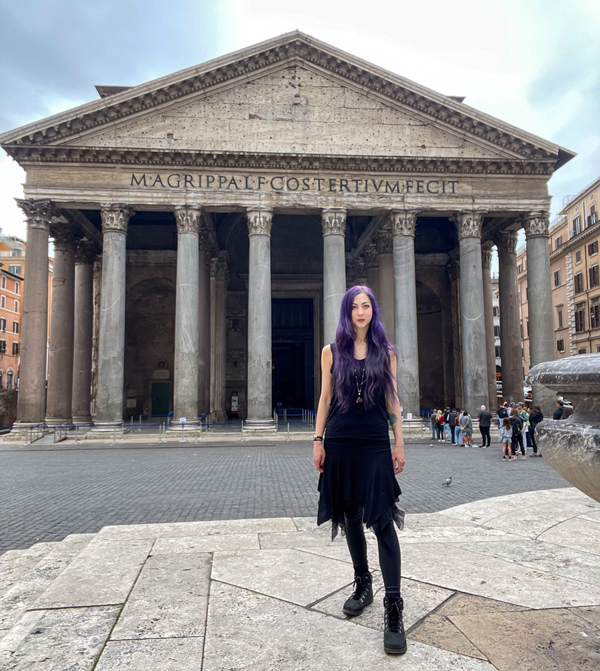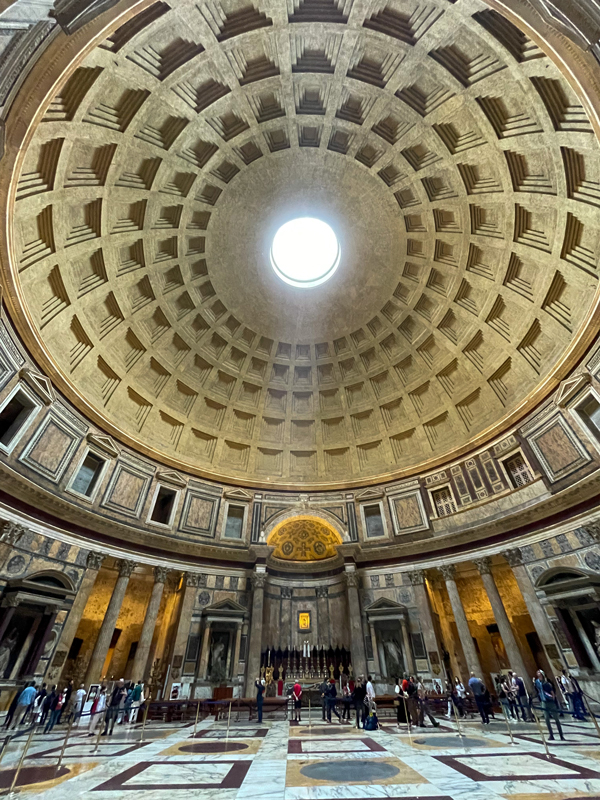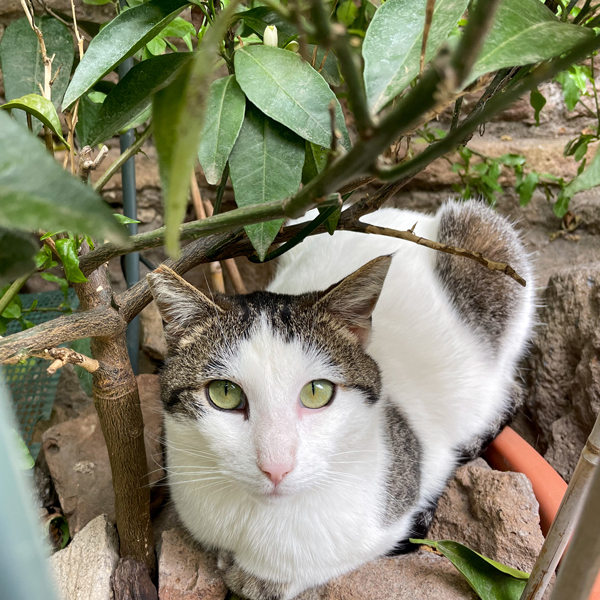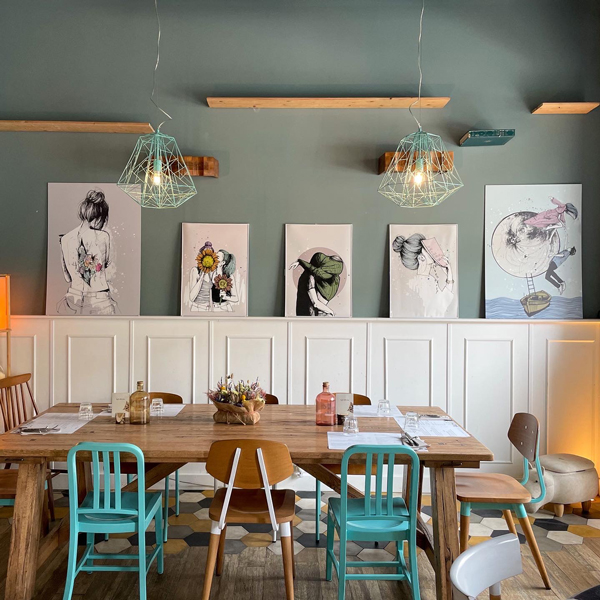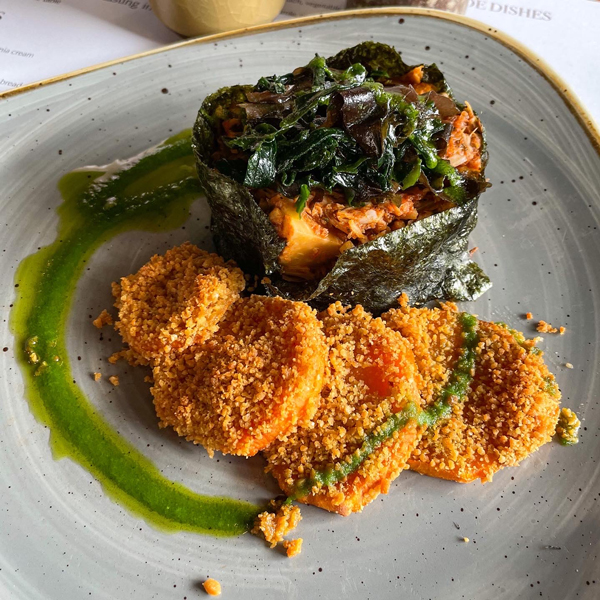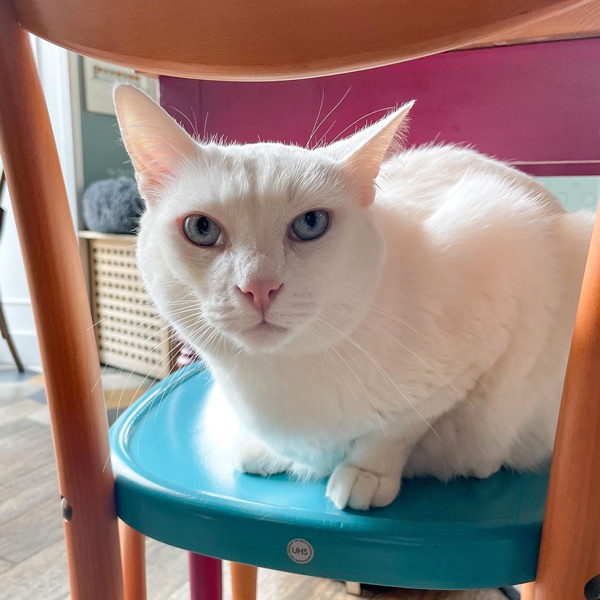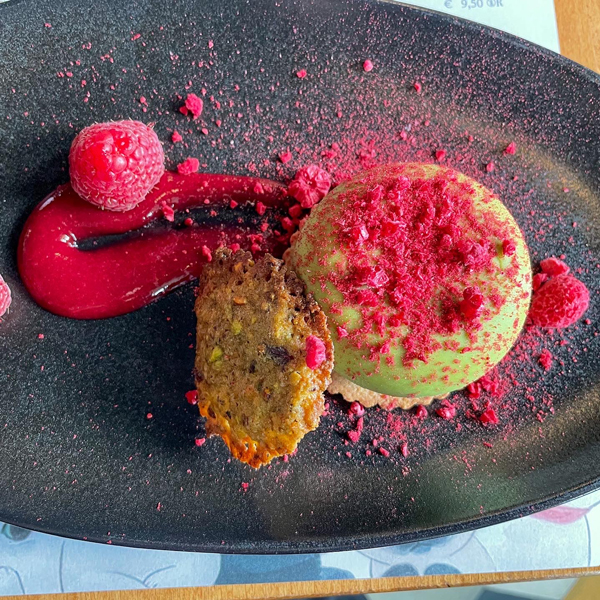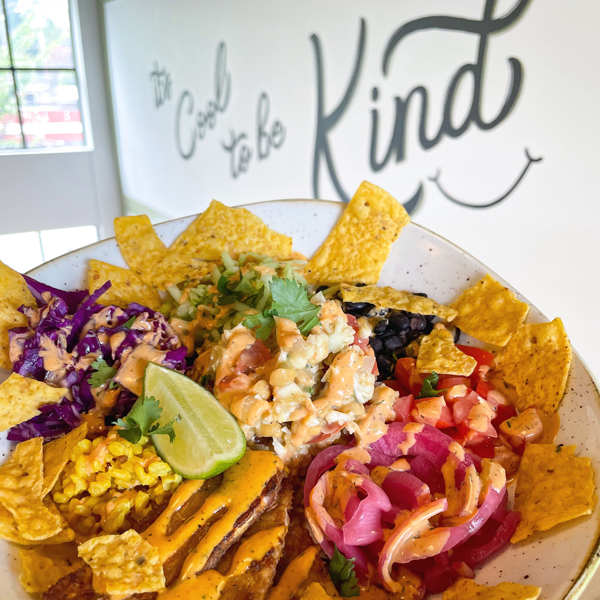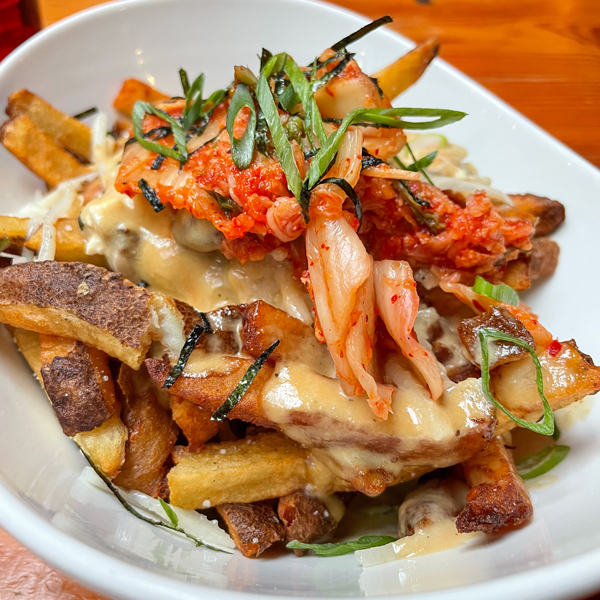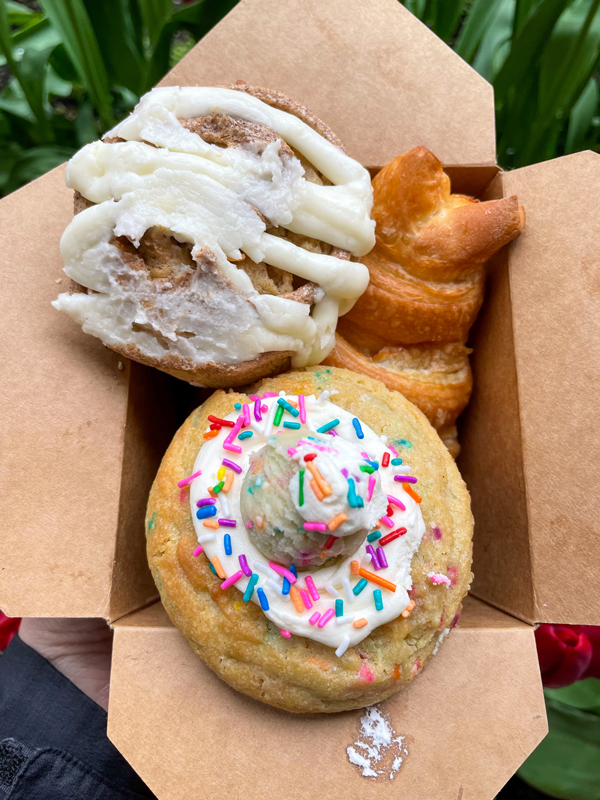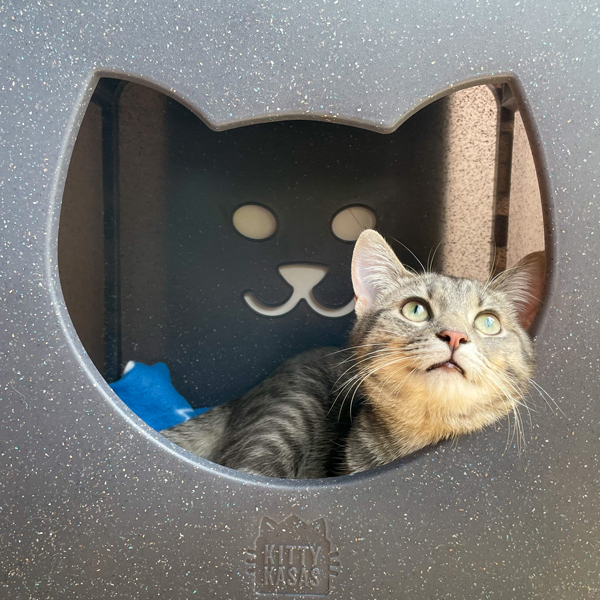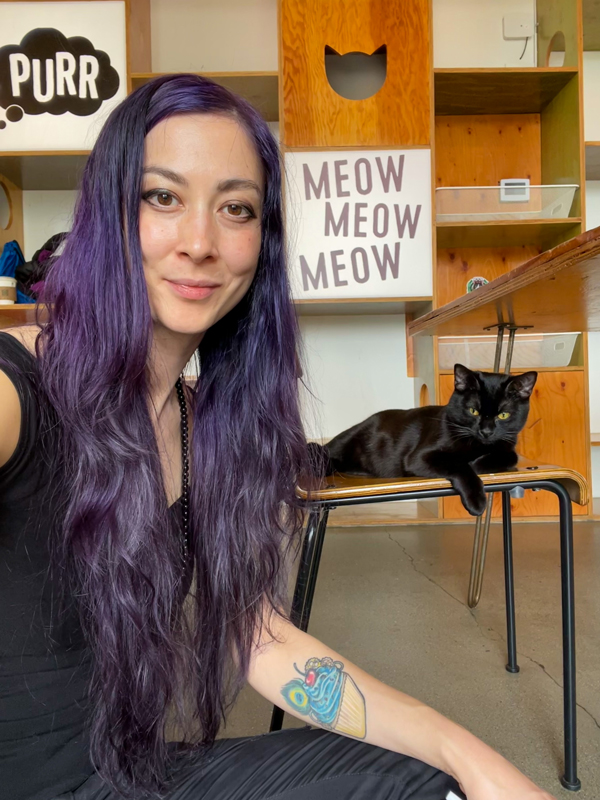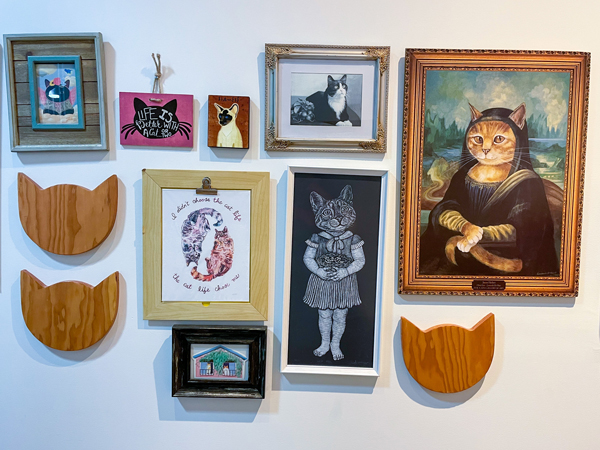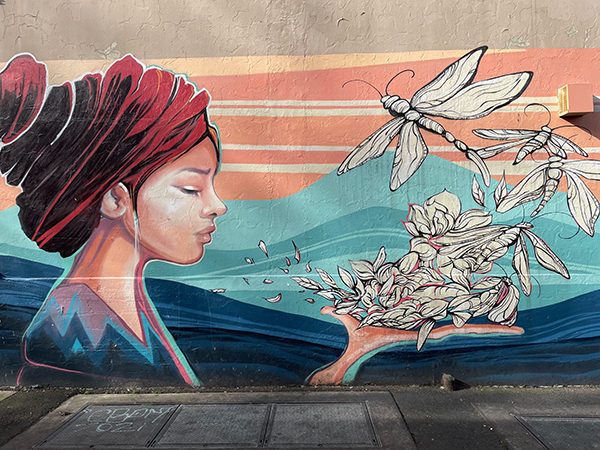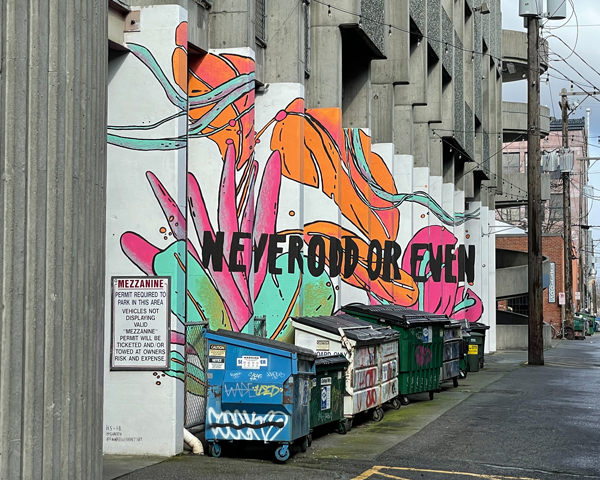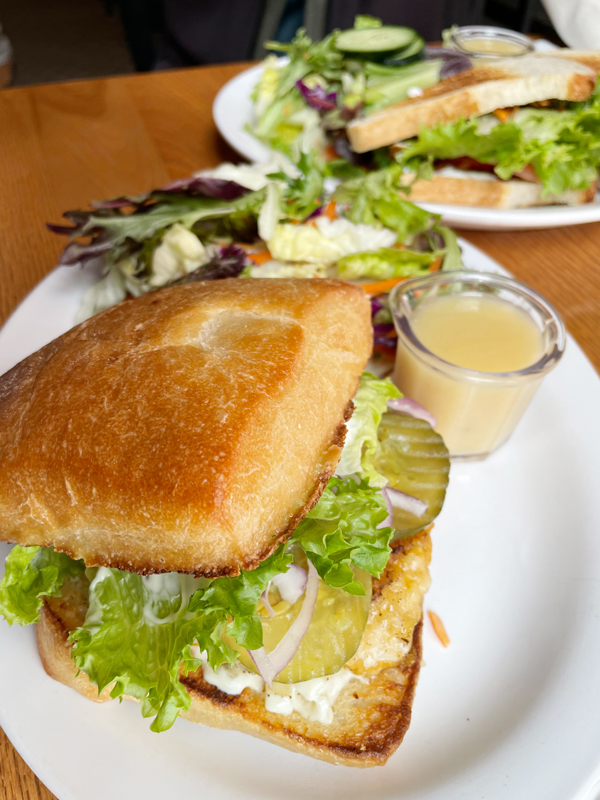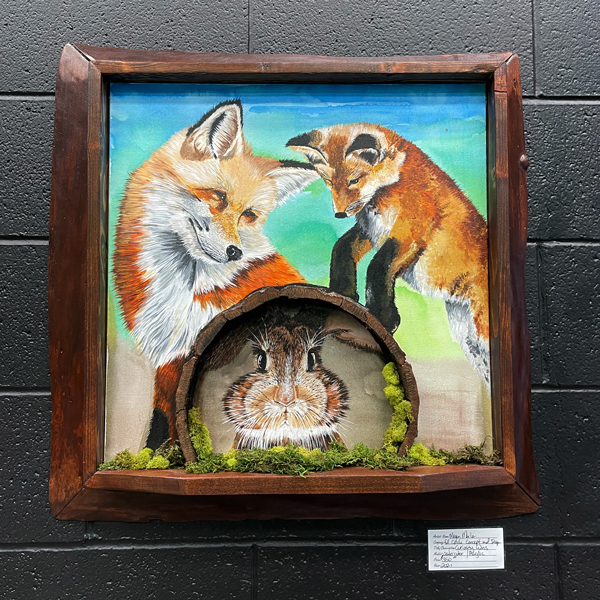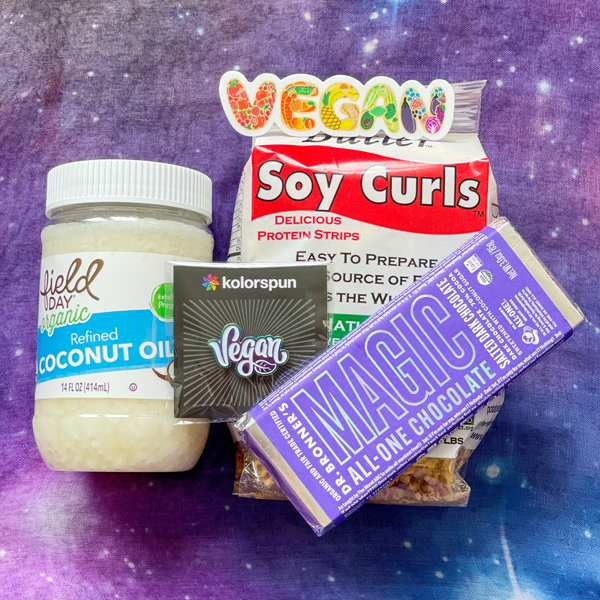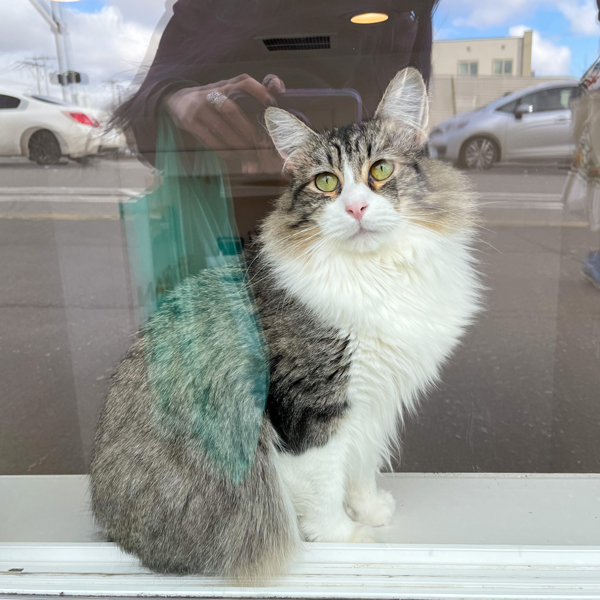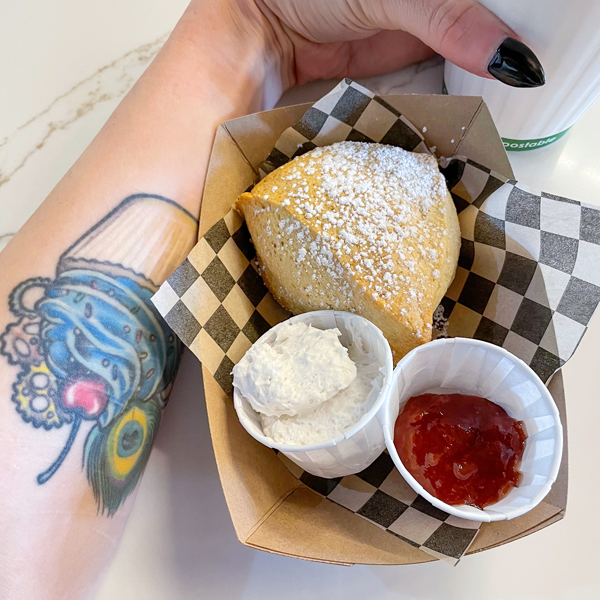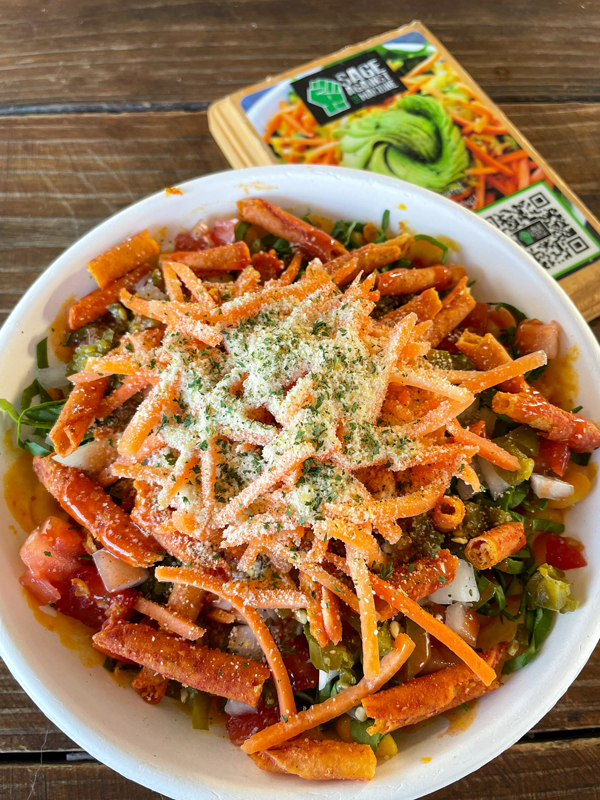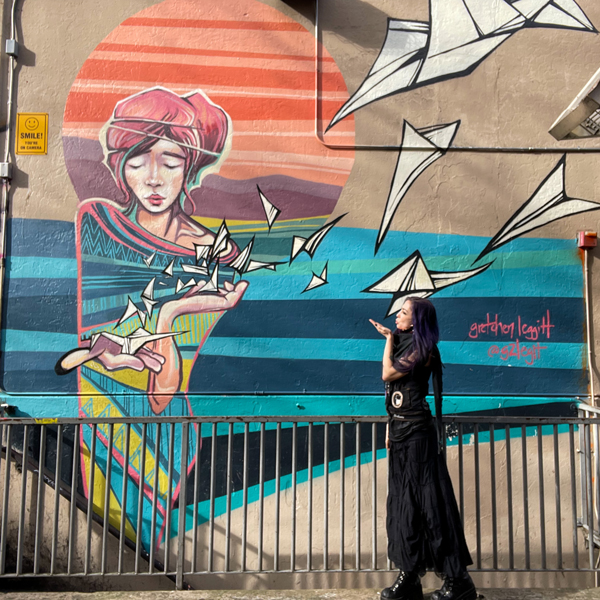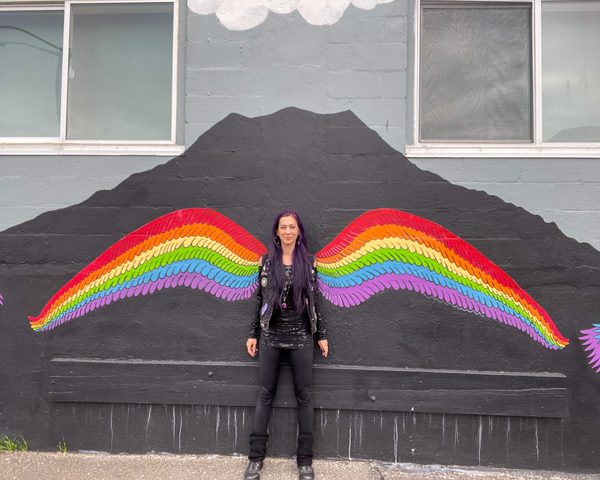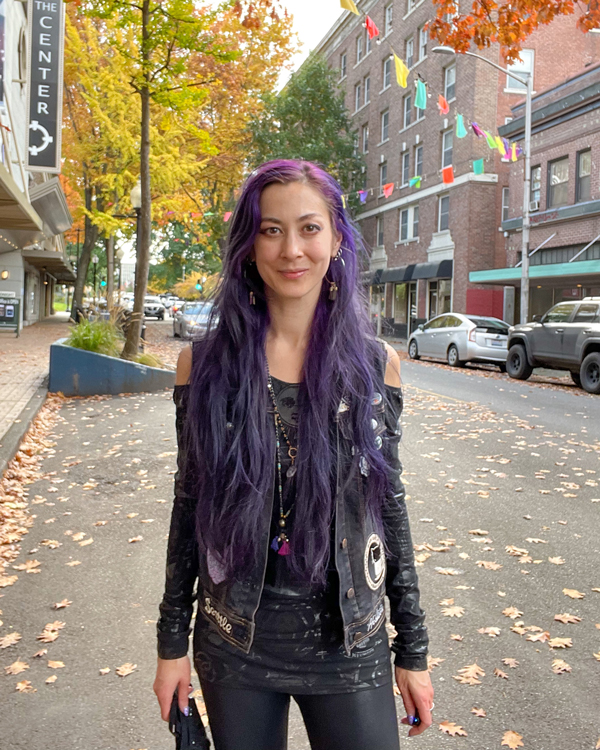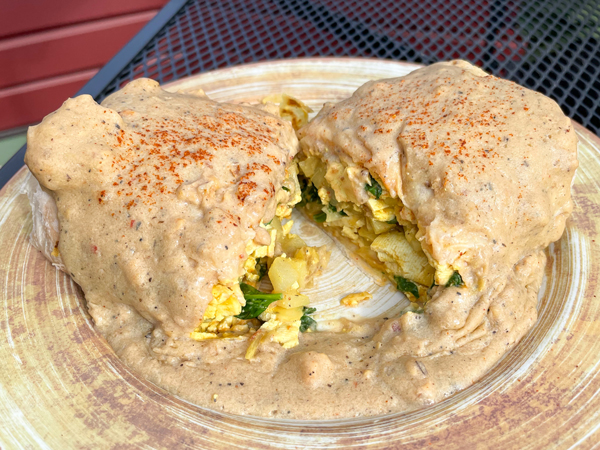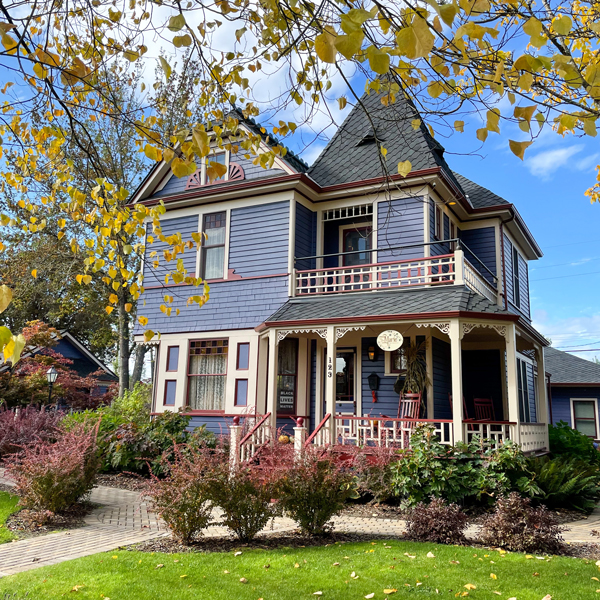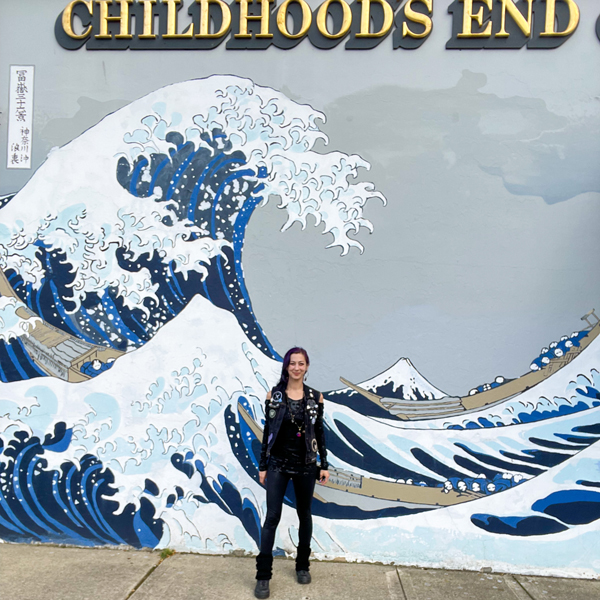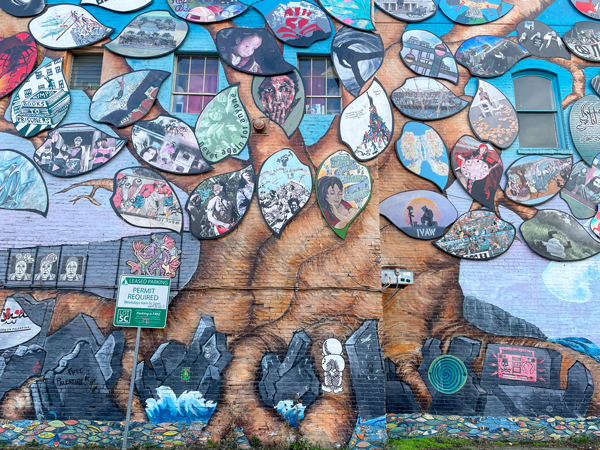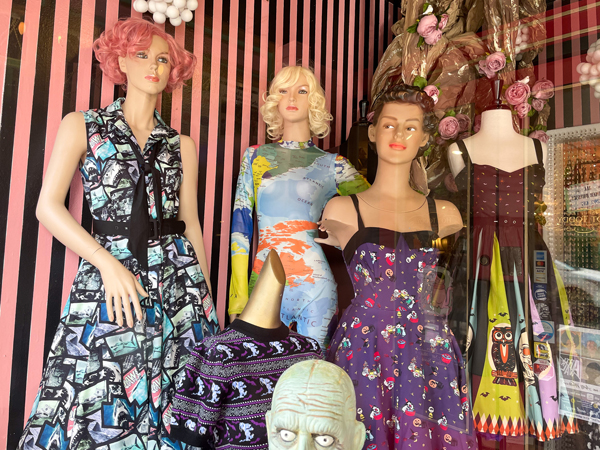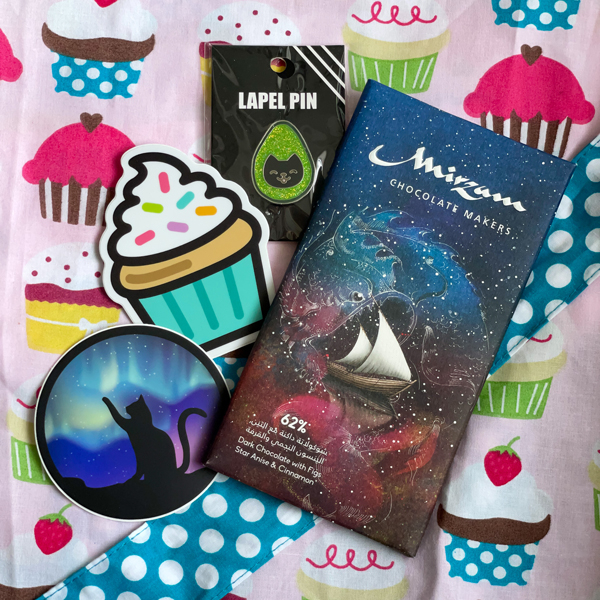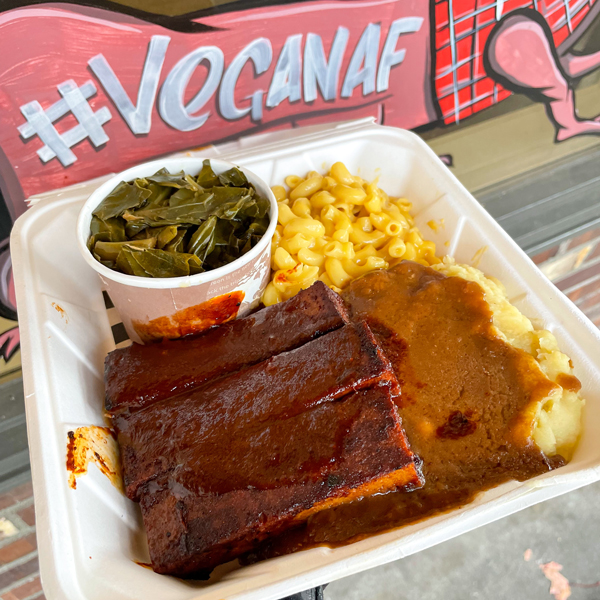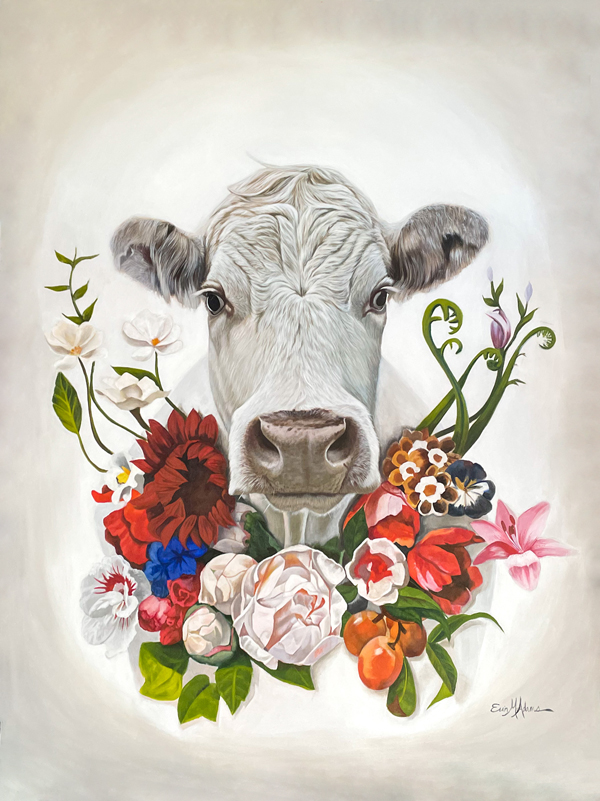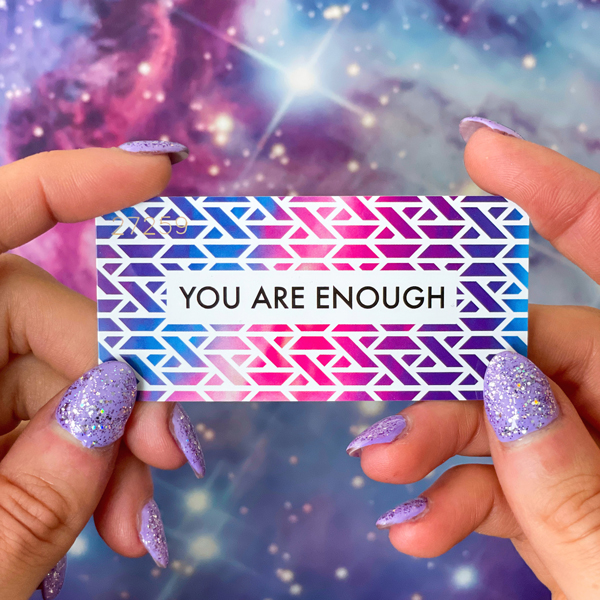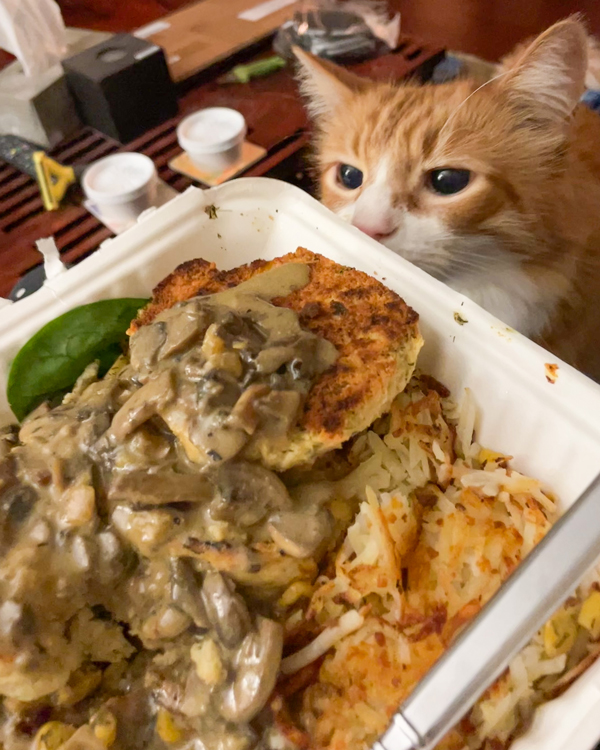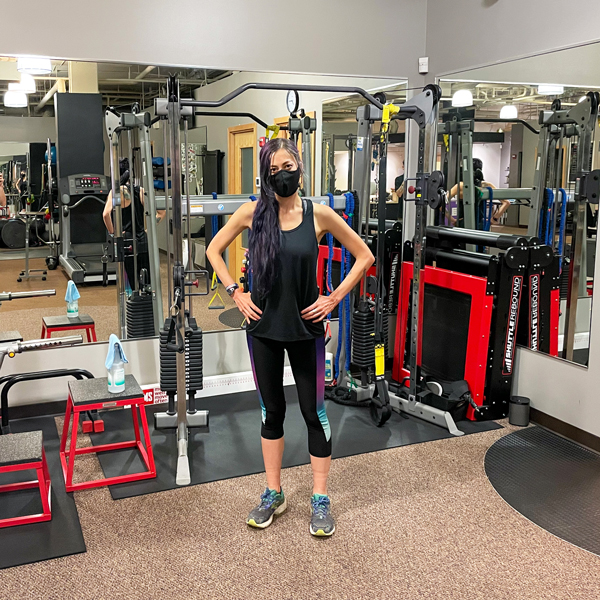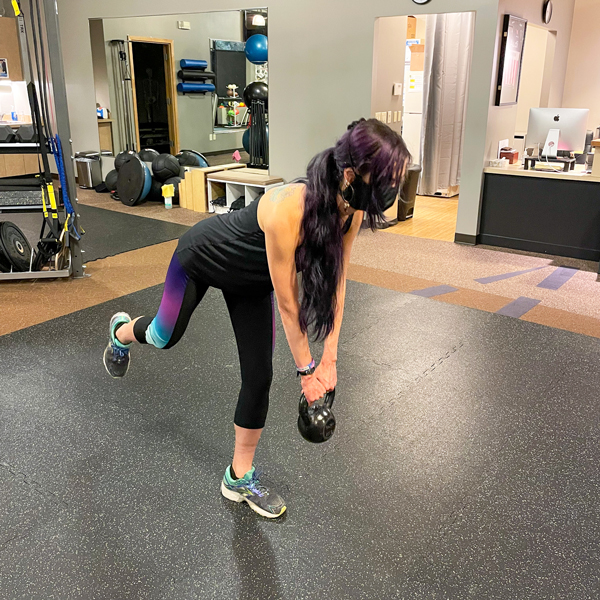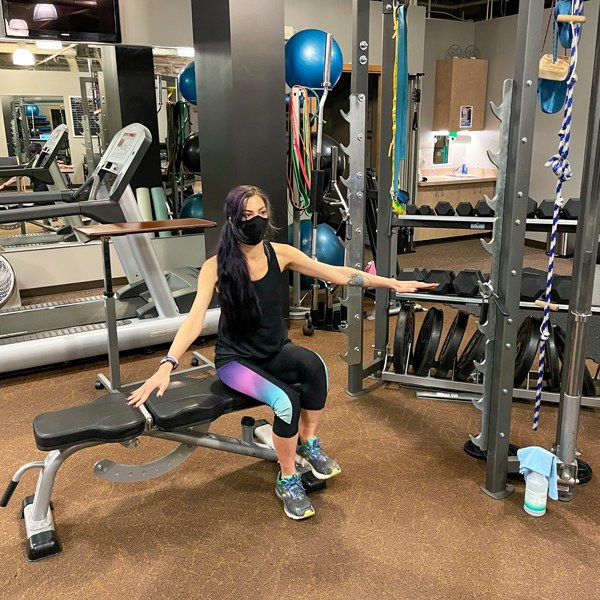Eurotrip 2022: Venice, Italy

Venice (or Venezia, as the locals call it) is a legendary city where the 14th century came and literally never left. It has been described as the most beautiful city in the world, with its treasure trove of art, architecture, and political and military history.
Where I Stayed and How I Got Around in Venice
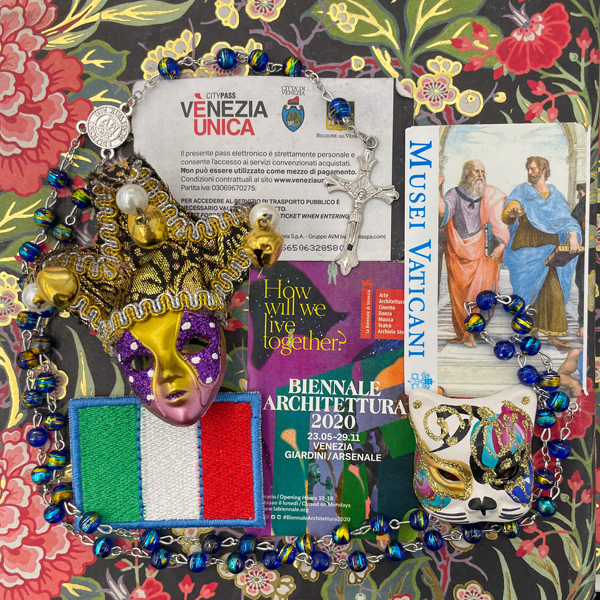
I stayed for four full days and three nights, which felt like enough to visit Venice. One thing to consider is that many of the museums and attractions I was interested in are closed on Mondays.
For the museums, I purchased the Venezia Unica All-City pass for about €50, which grants access to 13 museums throughout Venice, and many more attractions. It pays for itself quite quickly and gives the best bang for your buck. However, it doesn’t work for all museums in Venice, such as the Gallerie dell’Academia art museum or the Biennale exhibit; you have to buy those separately. It’s also a separate pass from the vaporetto, or water bus.

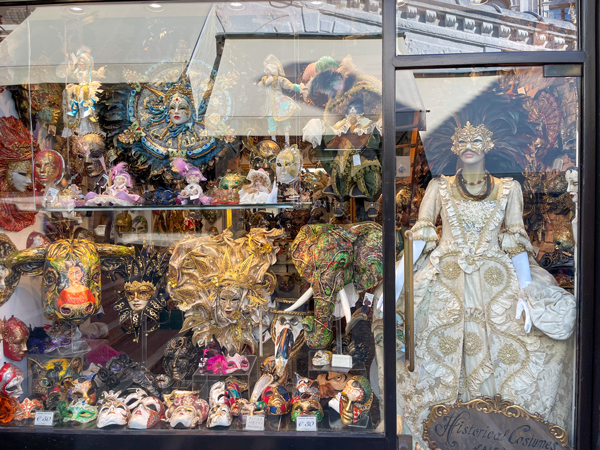
Venice is a pedestrian-only town that’s a cluster of little islands separated by canals and connected with bridges. I mostly walked around, although having a 72-hour vaporetto pass was useful. Venice is a labyrinth of walkways, so my phone with Google Maps and GPS came in very handy—especially when I inevitably got lost.

I scored this lovely room by Saint Mark’s Piazza. This traditional room features bright orange brocade wallpaper and exposed-beam ceilings, retaining its old-world charm. Usually I prefer hostels to stay within budget, but…this is Venice. This was the perfect yet affordable place to stay.
Venice is very crowded during the day! There are often pedestrian traffic jams in the narrow alleys. As an introvert, crowds can feel overwhelming at times. So I would wake up every day before sunrise to enjoy a little quiet time before the morning rush. Piazza San Marco is tranquil as the sun comes up, as the street workers sweep the city walkways.
My Favorite Places in Venice
Here are some of my favorite places in Venice.
Libreria Acqua Alta

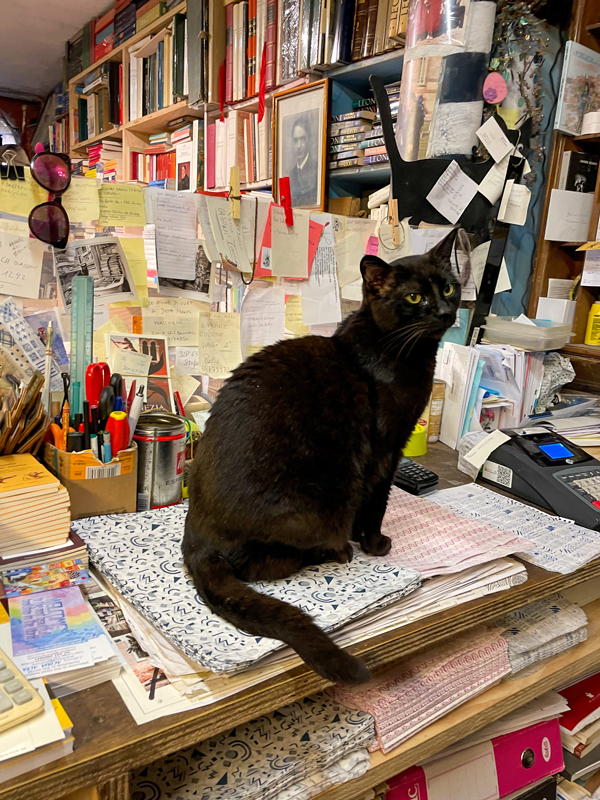
Libreria Acqua Alta is a cozy vintage bookstore, and a must for any book or cat lover. Upon entering, you can smell the musty old pages; the bookshop has sustained years of flooding. This gem is full of personality and features the iconic stairs that are made of older, damaged books. You can find many second-hand or out-of-print books here. Five cats also live in the establishment, which adds to the shop’s charm.
La Tecia Vegana
Venice isn’t really known for vegan food, and it’s been slim pickings. But there’s one vegan restaurant on the northwestern part of the city called La Tecia Vegana.
La Tecia Vegana offers a multi-course Italian meal: starters, first course, main course, sides, and dessert. The portions are just a little smaller so that you can pick and choose your courses for the full meal. Or you can just have one and call it good.
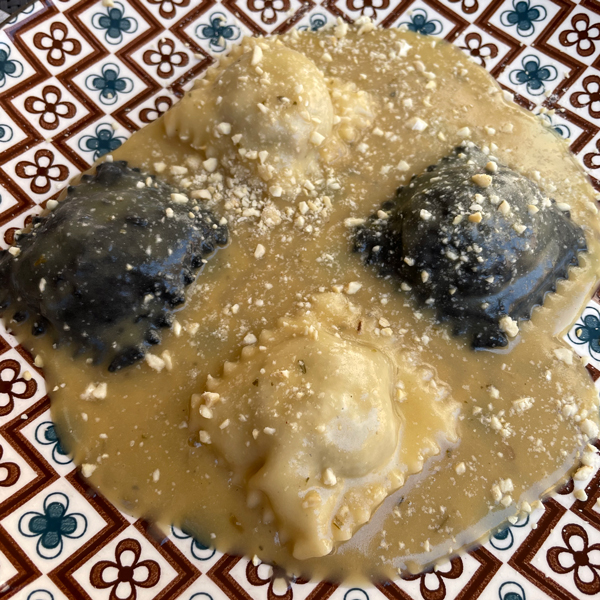

I picked the seitan and mushroom black and white ravioli as the first course, and roasted seitan with whole wheat and dried fruit as the main course. I paused between bites to notice the various flavors: oregano, onion, garlic, the slight nuttiness of olive oil, and the sweet dried fruit contrasting the savory gravy of the seitan roast.
Museums in Venice
Since Venice is full of history and wonder, the museums throughout the city showcase great works throughout time.
Doge’s Palace (Palazzo Ducale)

Doge’s Palace is the opulent 14th-century Gothic palace that was the heart of political life and the seat of power of Venice. It’s where the duke—the supreme leader of the city back then—would reside. You can tour through the various chambers that display large-scale paintings on ceilings and walls, plus the creepy prison underground.
Gallerie dell’Academia
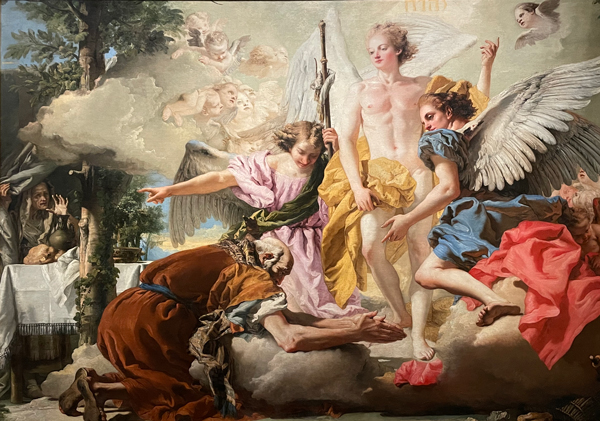
The Gallerie dell’Academia is an art gallery that displays art before the 19th century. It’s housed in a former art academy that taught figure, portrait, landscape, and sculpture. Today, it’s focused on preserving and exhibiting artwork.
Oddly enough, it’s where Leonardo di Vinci’s famous work, Vitruvian Man, lives. But it’s rarely displayed to the public, since the work, which is on paper, is fragile and sensitive to light.
Ca’Rezzonico
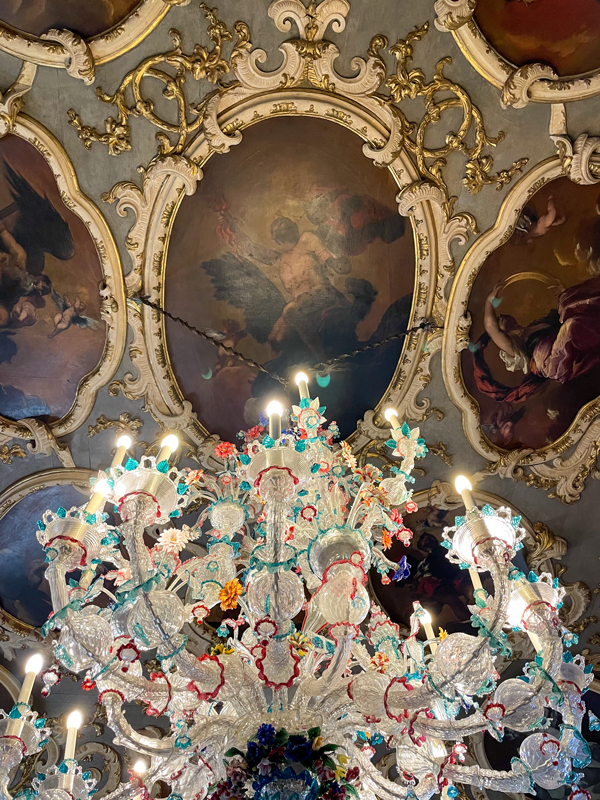
The ornate Ca’Rezzonico museum shows fine art and furniture of 18th-century rococo Venice, such as oil portraits of aristocratic society to colorful Murano-made glass chandeliers. I thought all of it was so beautiful. You get a glimpse of what aristocratic Venetian life was like during that time.
Burano
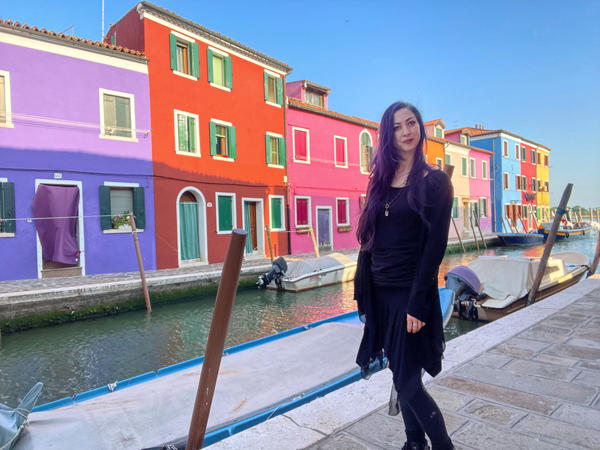
As the vaporetto pulls up to the docking station in Burano, the bright, multi-colored houses emerge from the horizon, greeting you. Burano is a small fishing island that is best known for its colorful homes and lacework. Like Venice, it’s made of tiny islands with bridges and canals. There’s even an entire lace museum dedicated to the craft. But lace-making dwindled because it’s so expensive and time-consuming. As an aside, the other island, Murano, is best known for its glass-blowing.

I took the hour-long Vaporetto ride to Burano. This island, with its 2,400 residents, is small enough to walk the circumference in an hour. I wonder what it’s like growing up on an island that small?
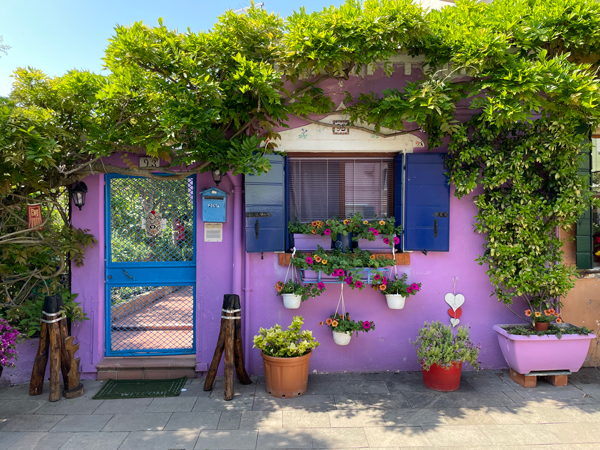
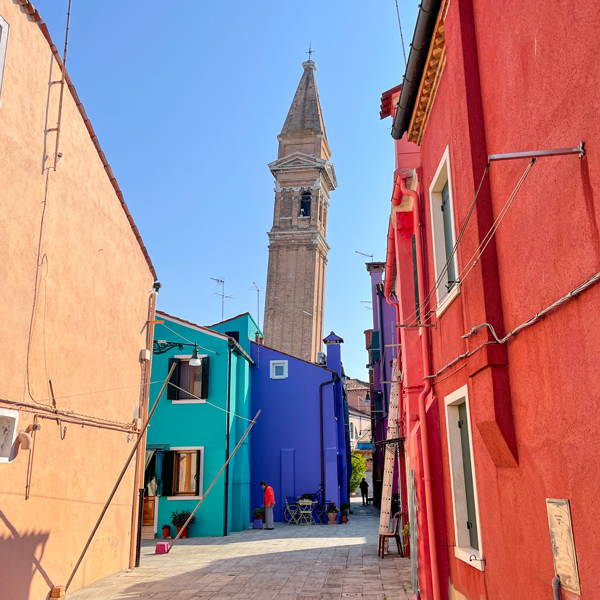
I spent a couple hours walking around Burano and admiring the multi-colored houses. The patches of grassy areas looking out towards the lagoon, the leaning clock tower, and little shops offering small lace artwork moved me. Then I visited the lace museum. For food, there weren’t many vegan options available, but I did find a shop called Dai Fradei that offers vegan gelato.
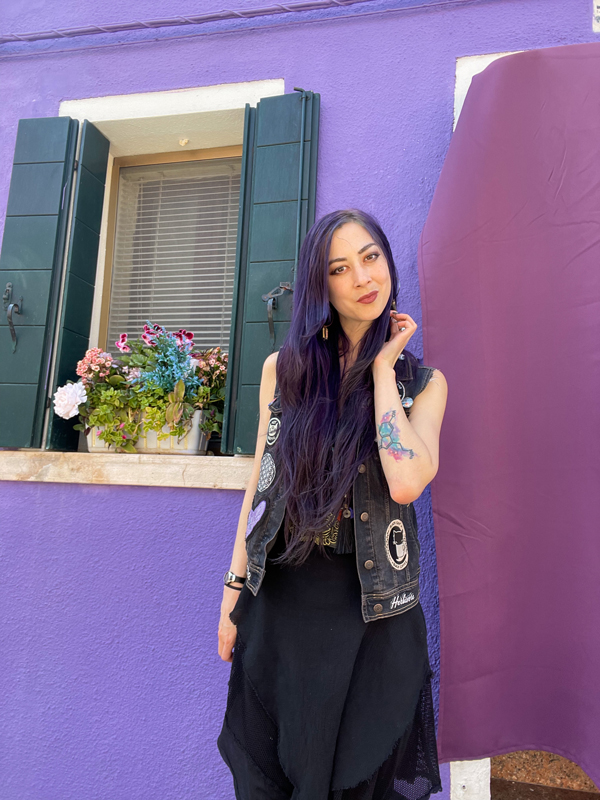

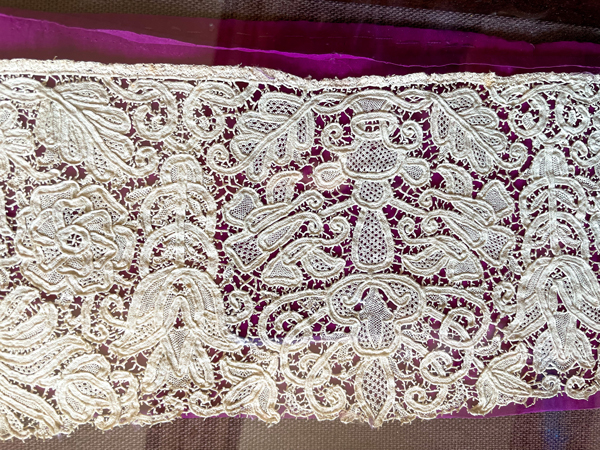
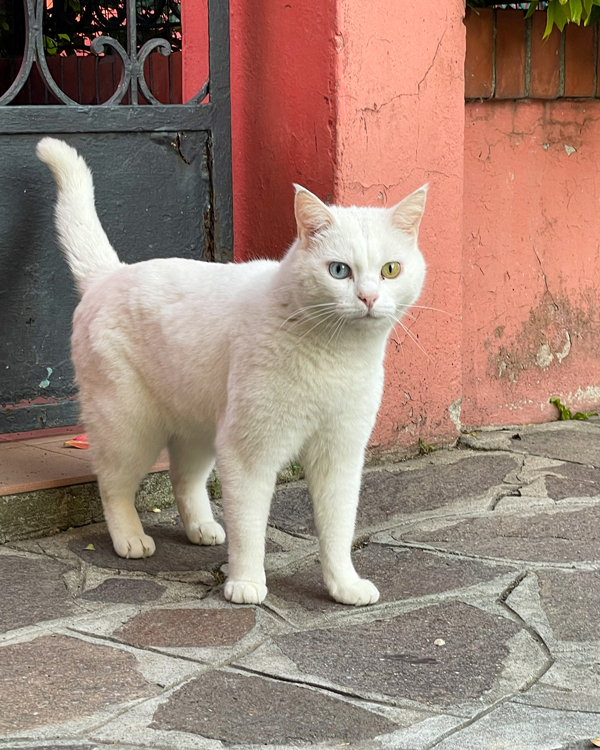
Biennale Art Exhibit in Venice
La Biennale is an enormous international art and cultural exhibition hosted in Venice every year. This year’s theme was “The Milk of Dreams,” an interplay between imagination and the human condition asking intriguing questions of how we as a world can coexist and depend on one another—especially when navigating the pandemic, social and political tensions, and the threat of climate change.
The exhibit is set in the buildings within the Arsenale and Biennale Gardens, a 10-minute walk apart—making this is an all-day affair. The whole show was incredible. Here are some of my favorite works.
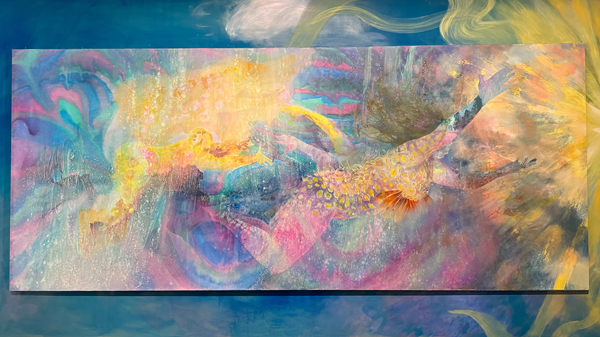
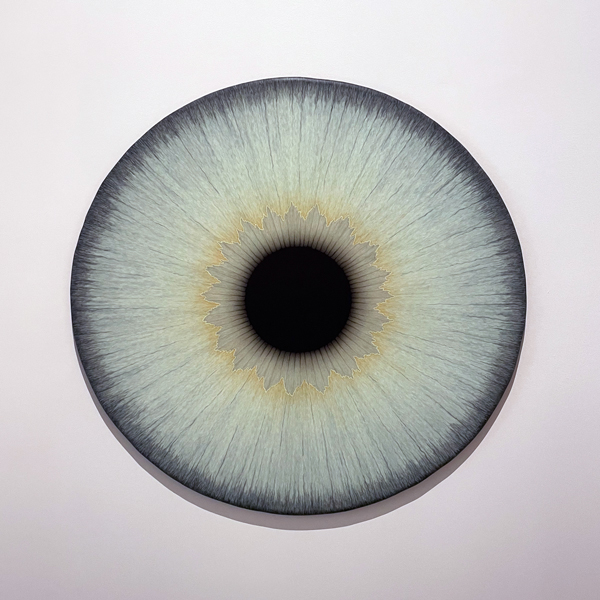

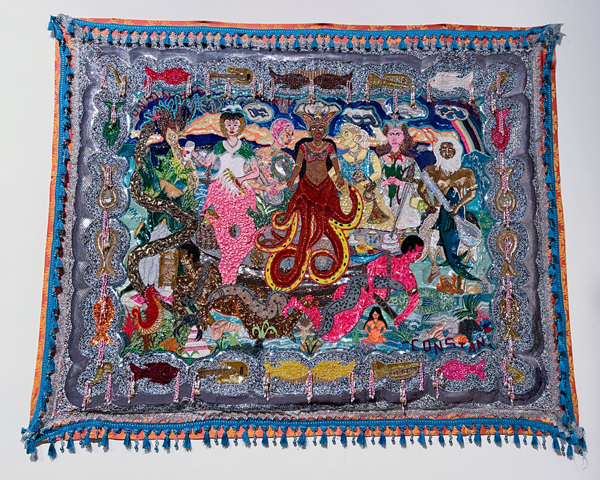
Leaving Venice
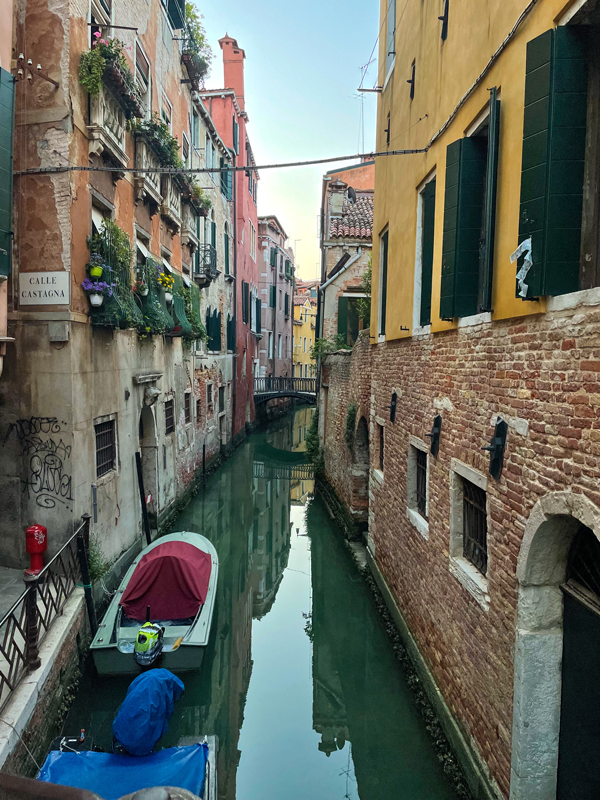
Somewhere I read that Venice is one of the most beautiful cities in the world. The real setting is more elegant than what the photos can ever show. Every little detail and corner offers beauty, intrigue, and a story. On my last day, I took one more look around, searing the details into my memory.
This is a unique city that I will never forget.
